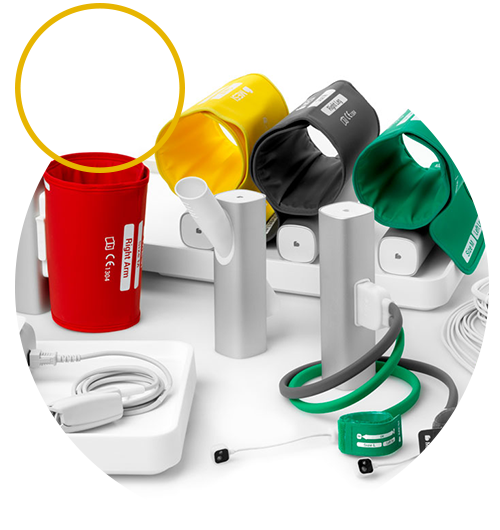With the right wound care diagnosis and treatment pIan, using the latest technology and professional care, hard to heal wounds can be healed. If you or your loved ones are suffering from a hard to heal wound, come in for an assessment and a customised treatment plan. We will visualize the bacteria in and around the wound bed and show the changes in bacteria over time. Toe brachial pressure index (TBPI) is a noninvasive way of determining arterial perfusion in feet and toes. We need to have a definitive measurement/diagnosis of Peripheral Artery Disease (PAD)

Oxygenated Haemoglobin
Snapshot is a near-infrared (NIR), reflectance-based technology that measures tissue oxygen saturation (ST02) in superficial tissue. Using multiple wavelengths of NIR light, Snapshot measures relative amounts of oxygenated and deoxygenated haemoglobin in the microcirculation where oxygen exchange is happening. Snapshot provides users with a tissue oxygenation map that can be used in medical decision making, for tracking and trending oxygenation, and for evaluating tissue viability.
Bacteria
Presence of Bacteria – Moleculight will visualize bacteria in and around the wound bed. Image must be taken in a dark environment. A series of image can show the chanage in bacteria over time.
Host Response to Bacteria – Woundchek is a lateral flow testing that will show the presence of active infection. It requires a swab, addition of a solution that will ultimately show a positive and negative signal if protease activity is present.
Wound Measurement
Through the use of Natrox IQ, the patient or home visitting nurse can measure the wound automatically and accurately by using Natrox IQ application on a cell phone. The app will measure the wound and take white light images to be analyzed for wound health.
Patient Questionnaire
Allows the nurse to record patient specific feedback such as pain level, noticable attributes of the wound.
If you or the person you are caring for has a diabetic foot wound or ulcer that is open and is having difficulty healing, you can come in for an assessment.

Make An Appointment by clicking here.

Assessment with our doctors who are specialists in wound healing.

Negative Wound Presure Therapy would be incorporated into the wound care plan, if it suits the type of wound.

Follow-ups with home nursing option

Better quality of life with closing wound